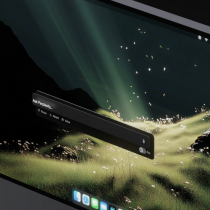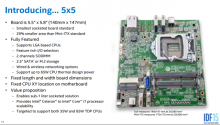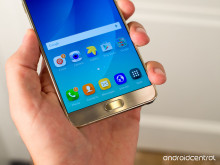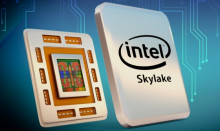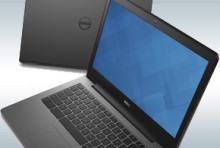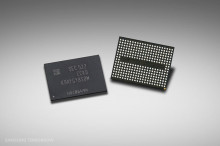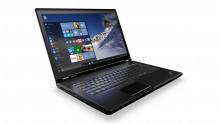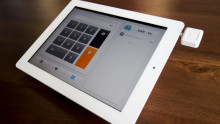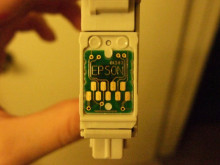The Motorola Dimple: Why Do We Love A Missing Fingerprint Sensor?
On the back of the Moto X Pure is a small indentation.
Despite being on a new flagship phone, it’s a feature without function – or at least nothing to boast about. No megapixels or milliamperes, just a circular recess containing a manufacturer’s logo.
The Motorola dimple, as the little dent is affectionately known, can be found on every smartphone the company has released since 2013. On the latest models, it’s been incorporated into a strip below the rear camera and flash, drawing further attention to a seemingly useless feature.







































